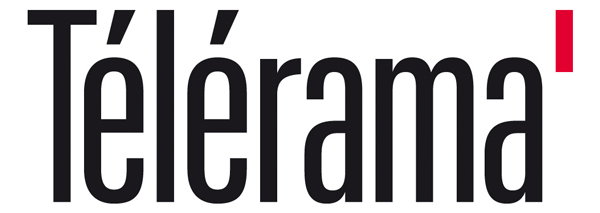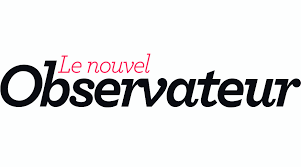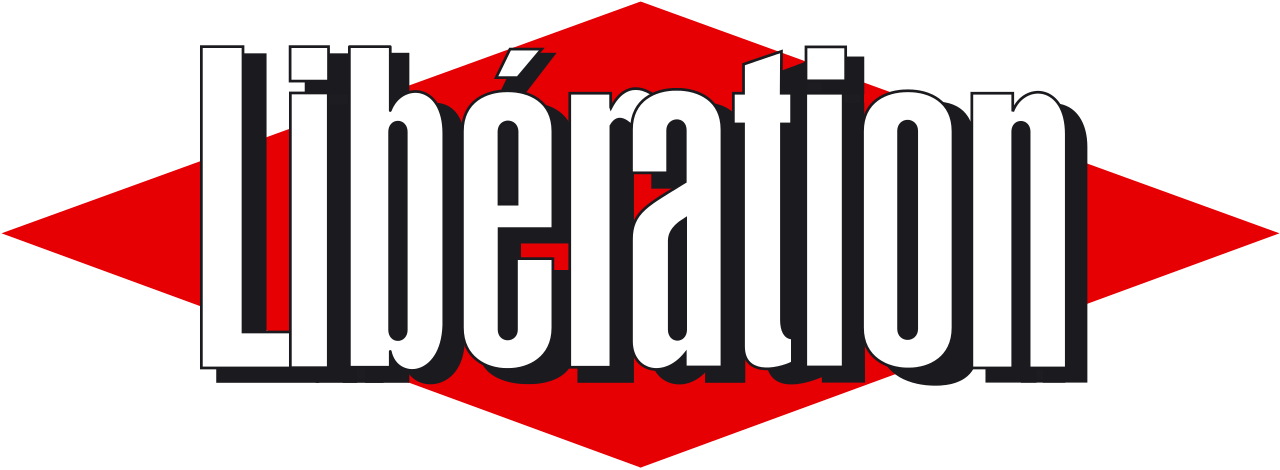Accidents
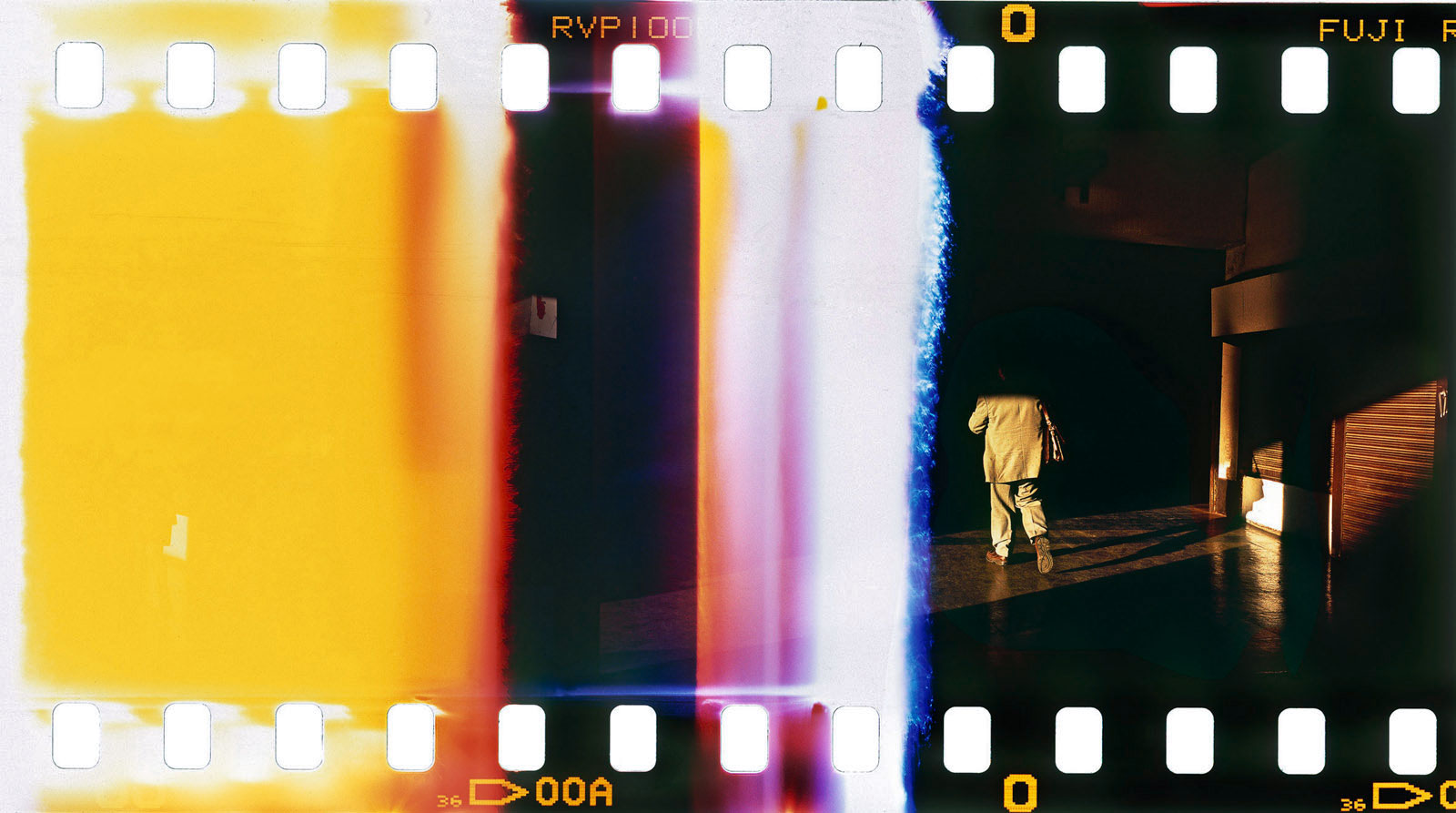
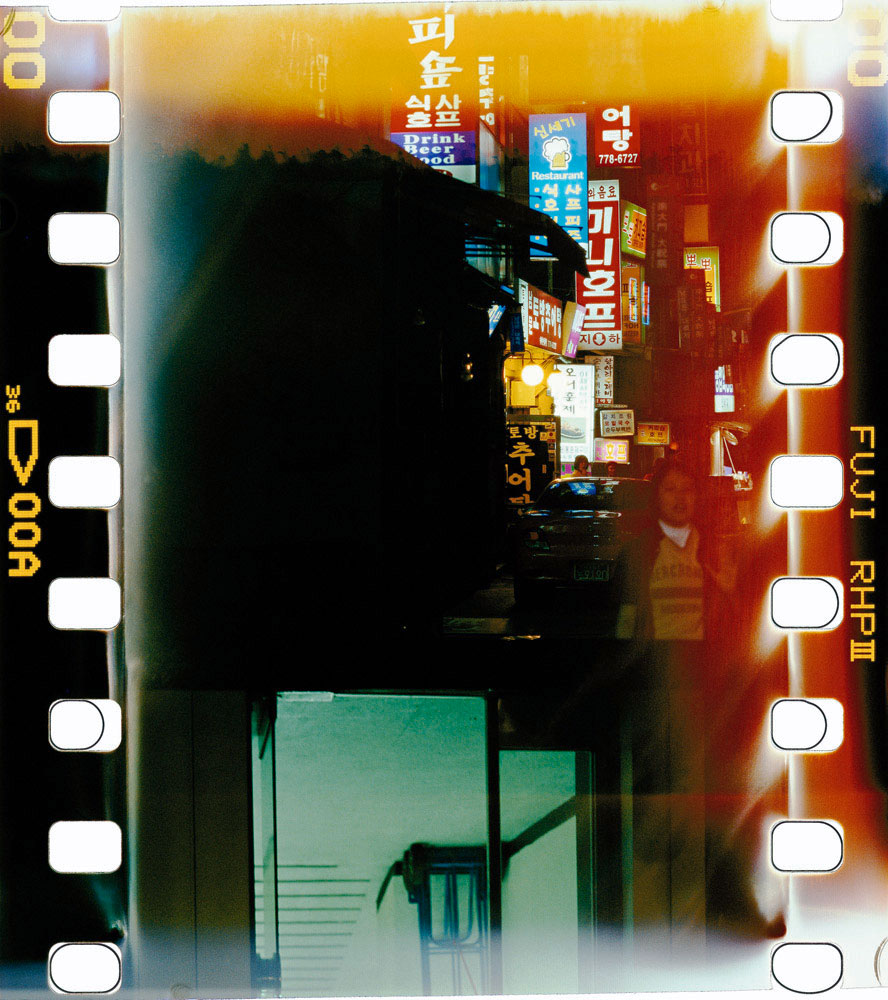
Print: 15,7 x 23,6 inches
titled, dated, numbered and signed by the artist on verso

Print: 15,7 x 19,7 inches
titled, dated, numbered and signed by the artist on verso
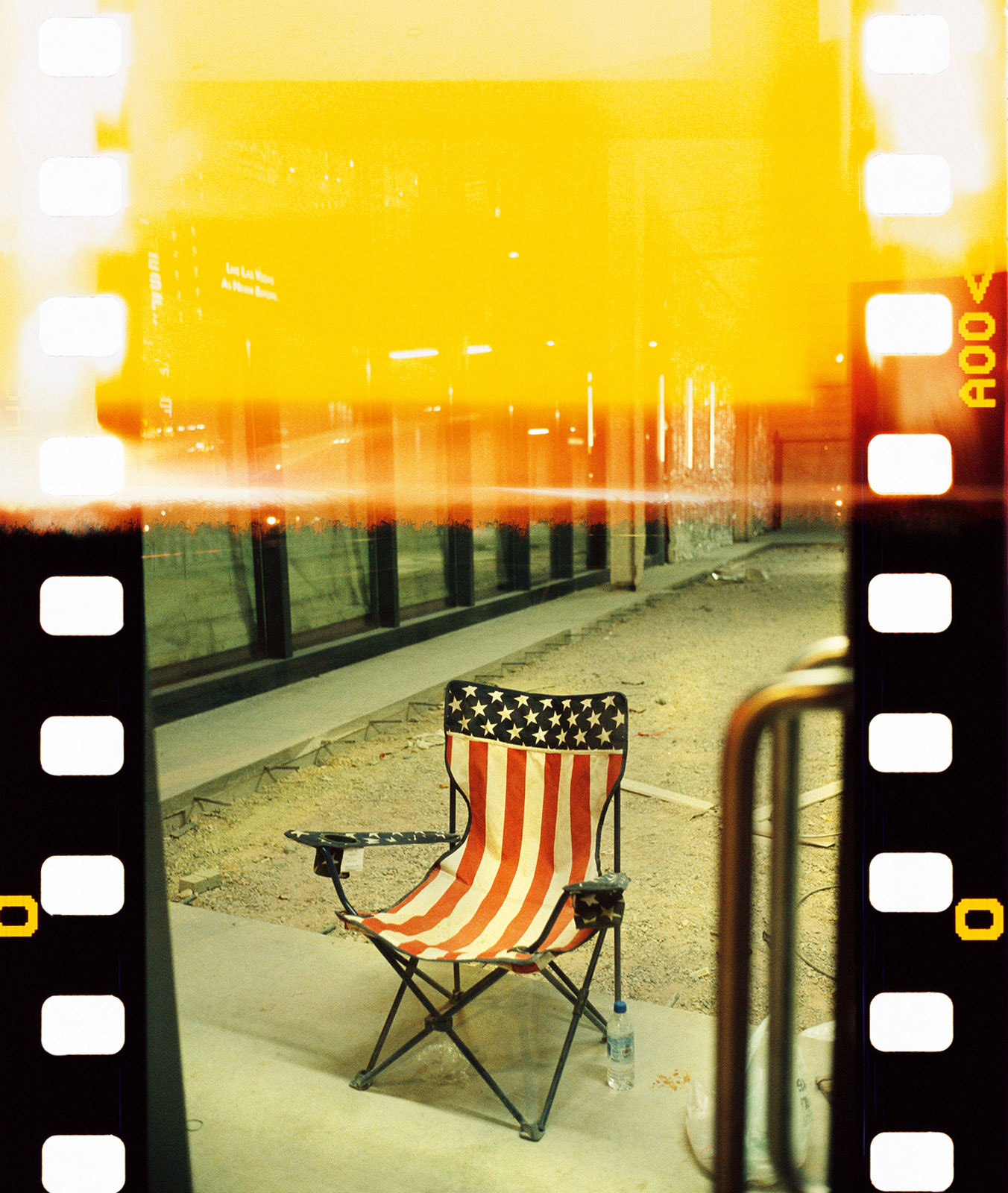
Print: 15,7 x 19,7 inches
titled, dated, numbered and signed by the artist on verso

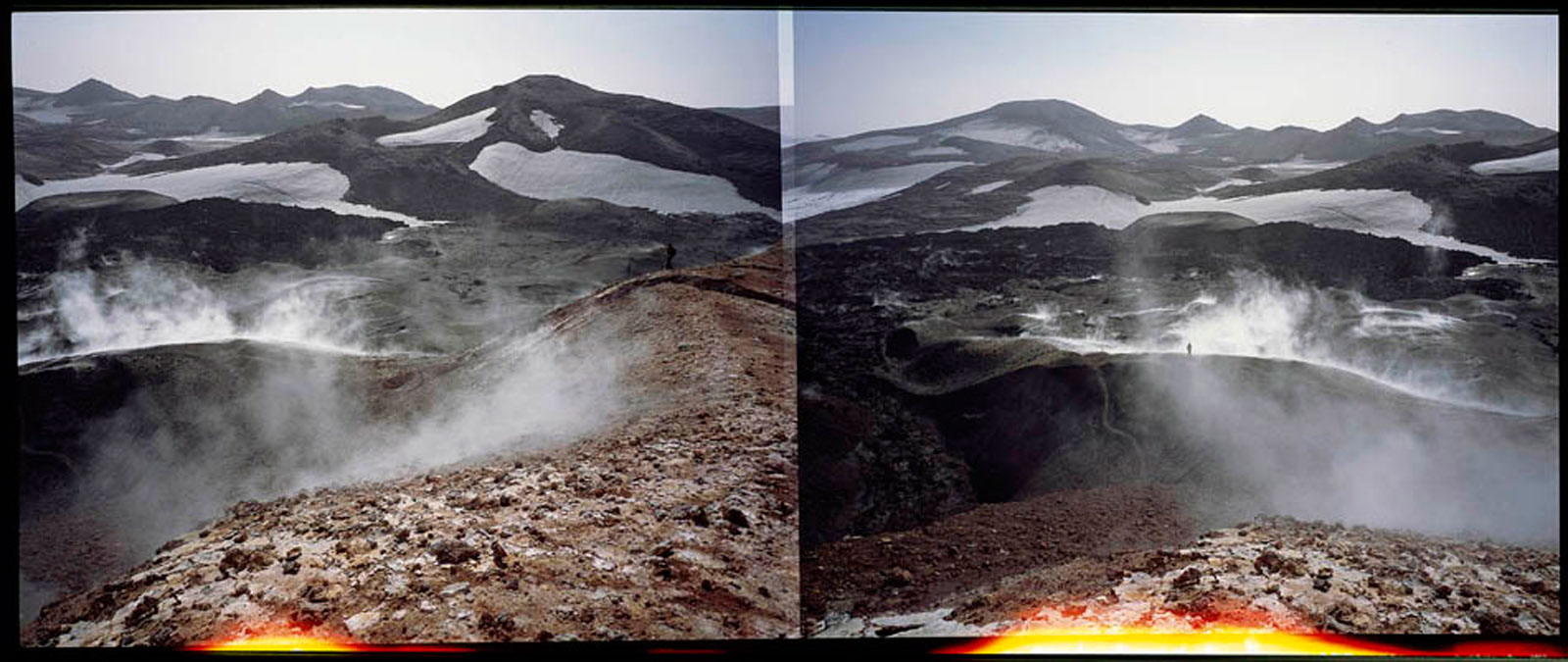
Print: 15,7 x 19,7 inches
titled, dated, numbered and signed by the artist on verso
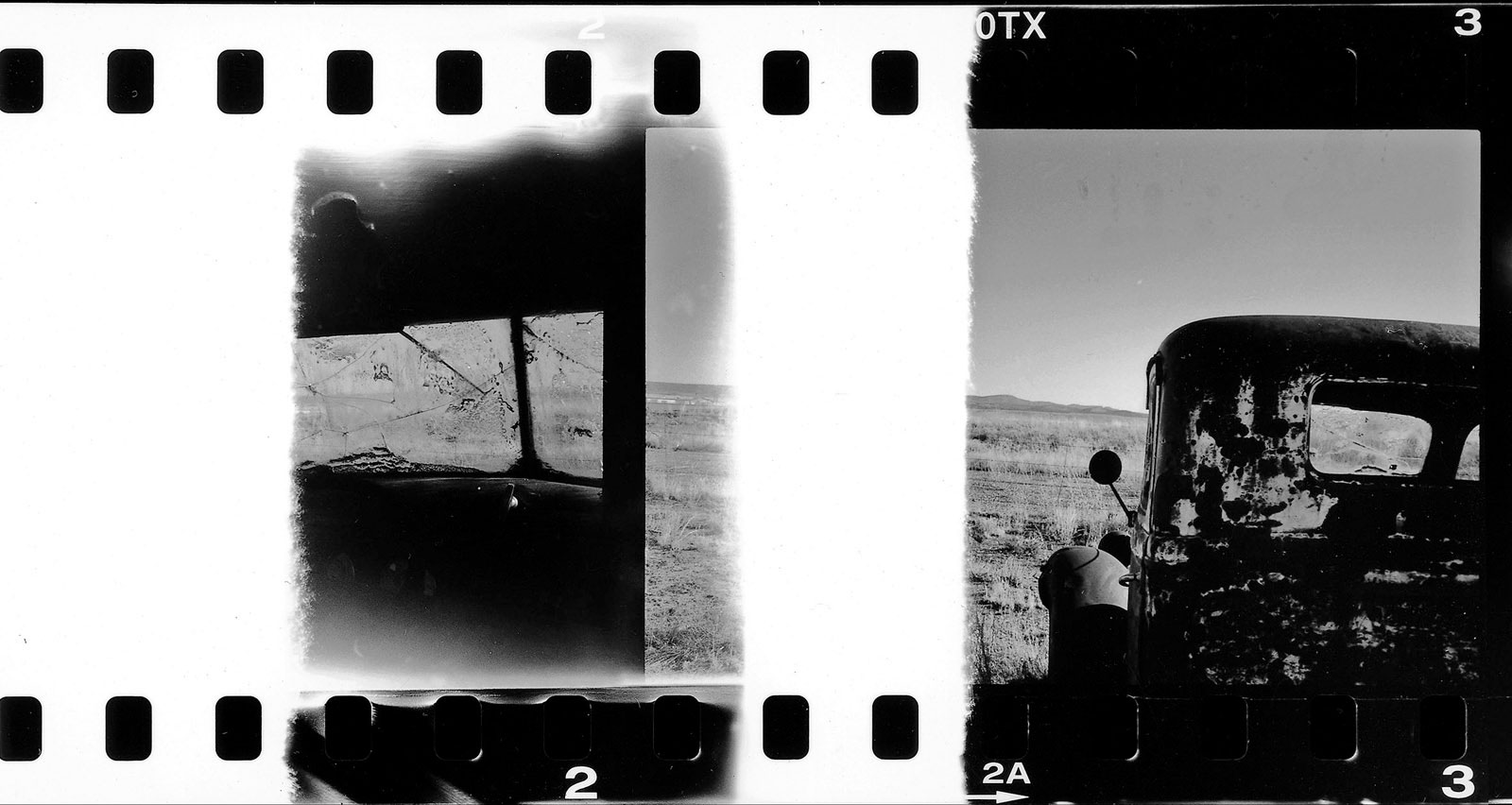
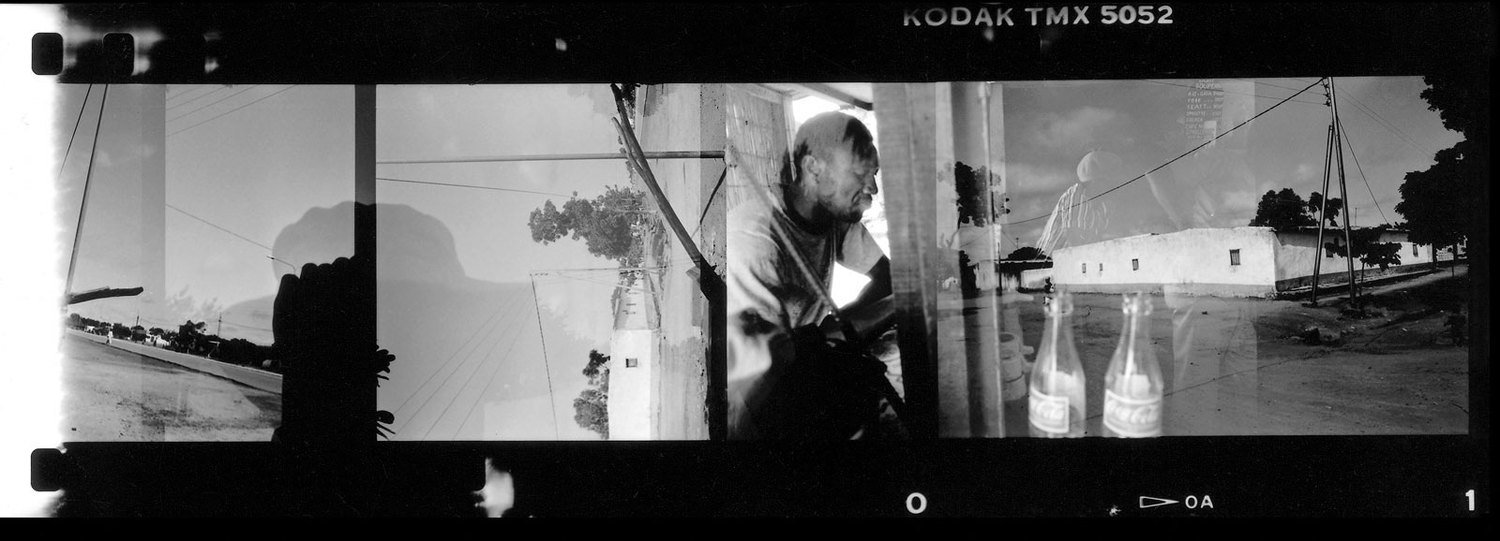
Print: 15,7 x 23,6 inches
titled, dated, numbered and signed by the artist on verso
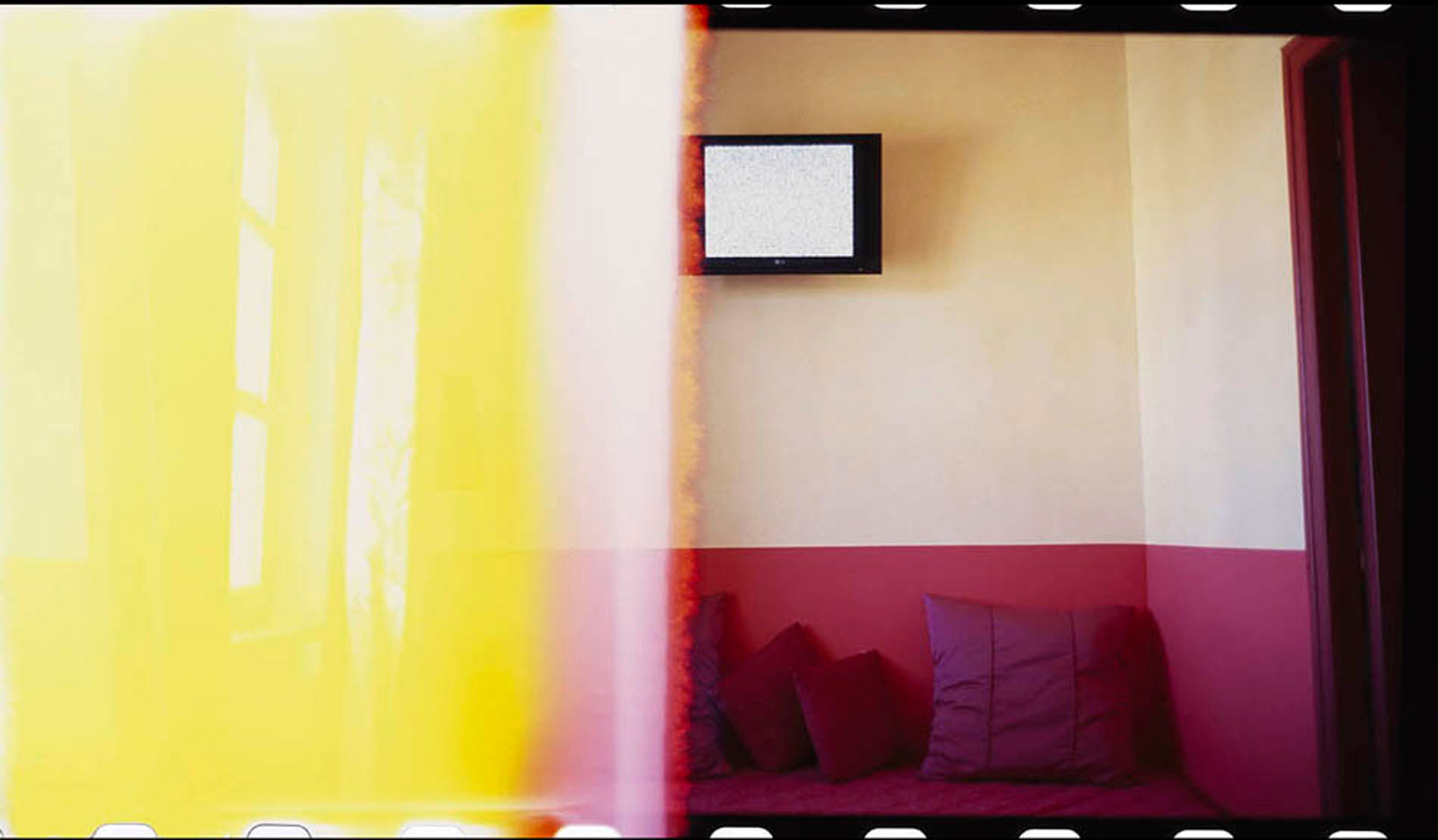
Print: 15,7 x 19,7 inches
titled, dated, numbered and signed by the artist on verso
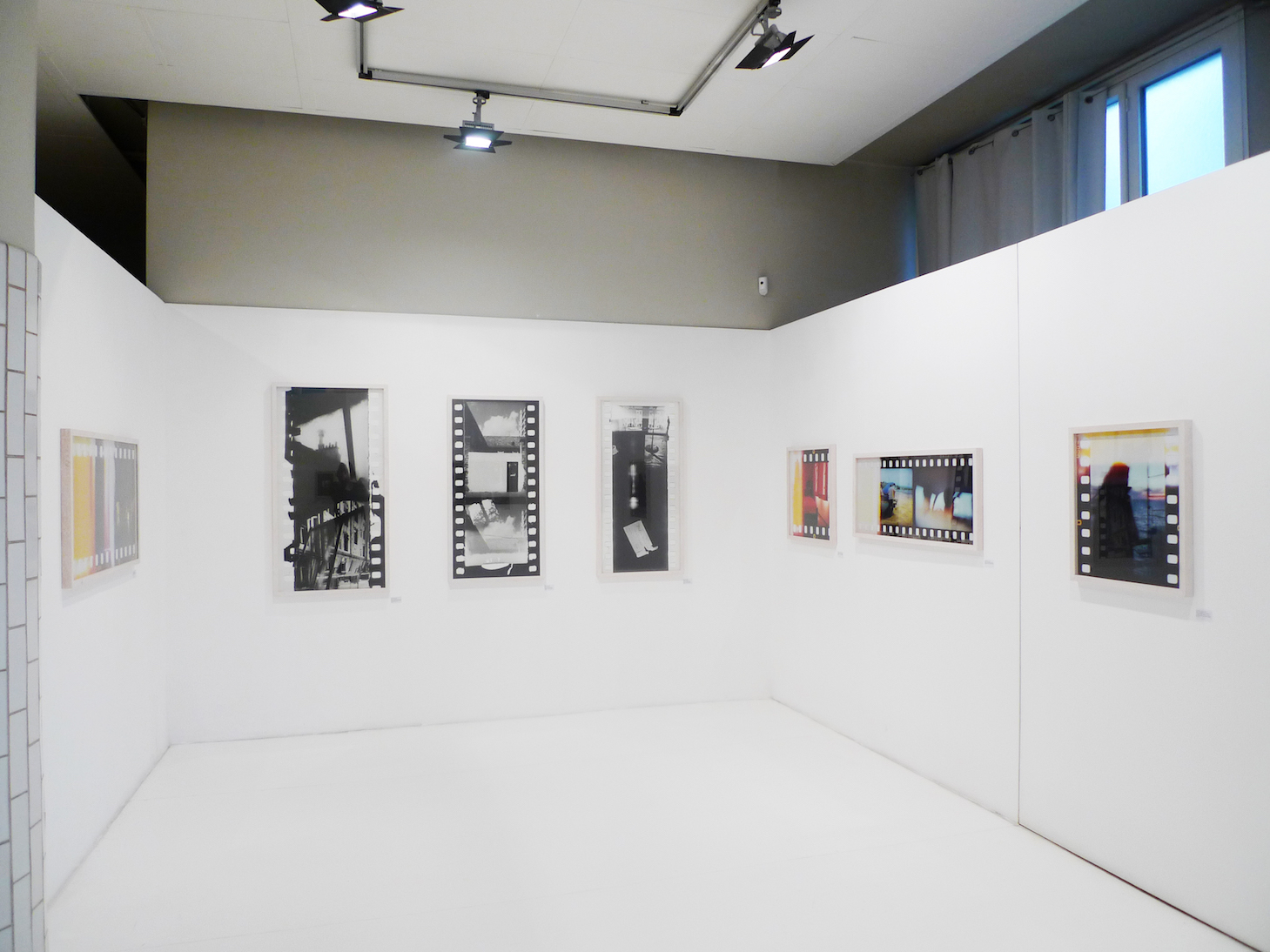
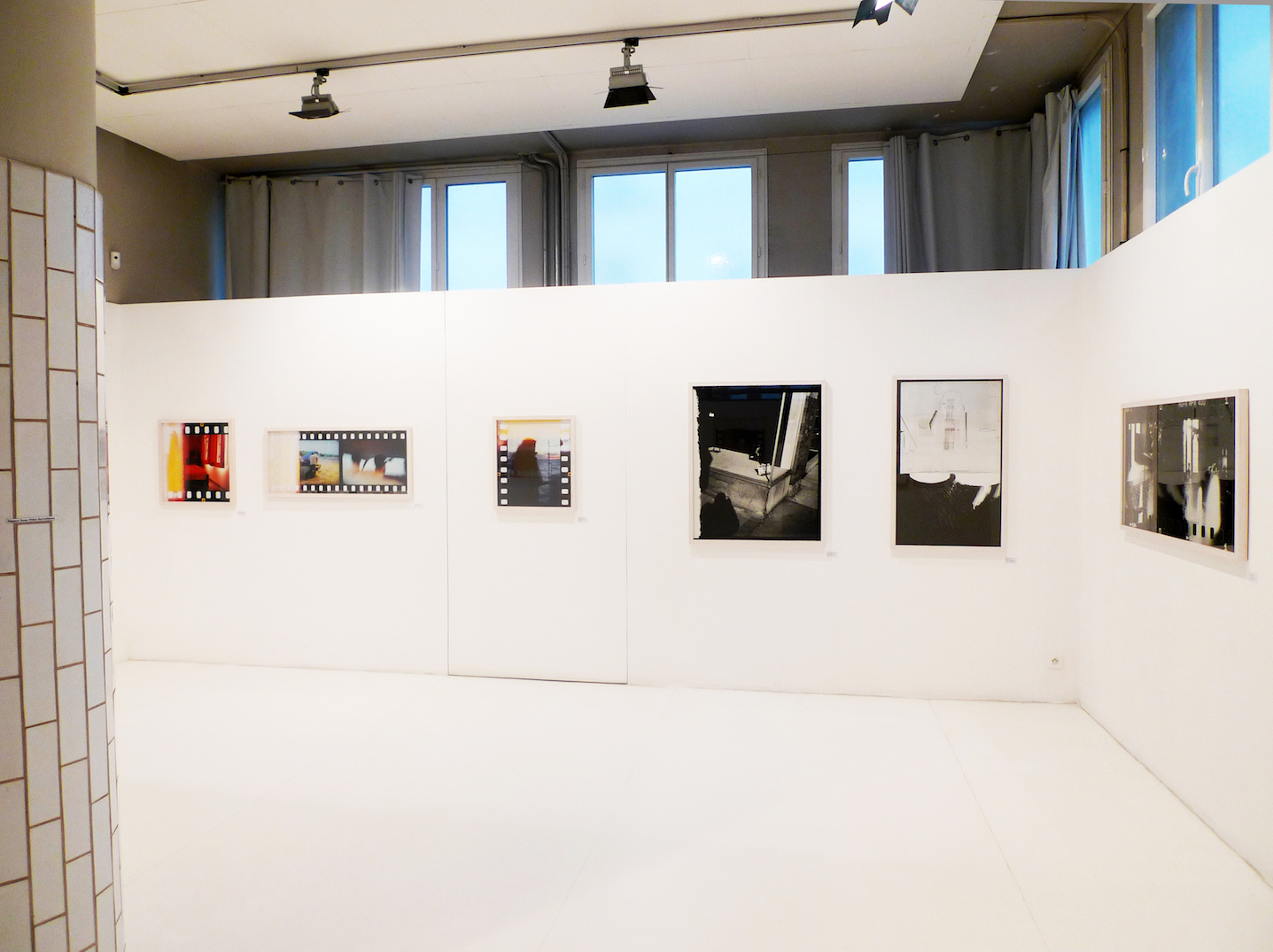
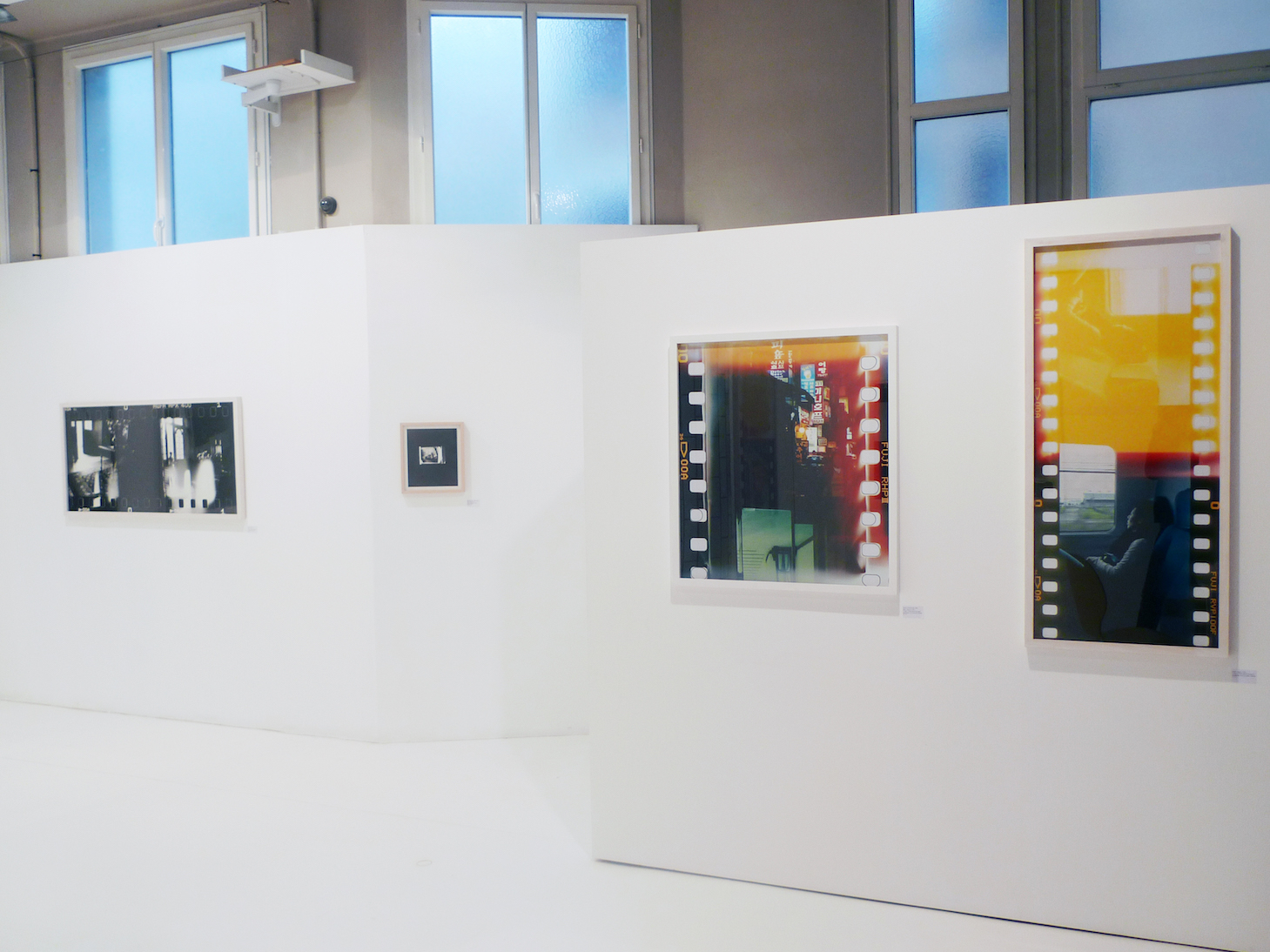
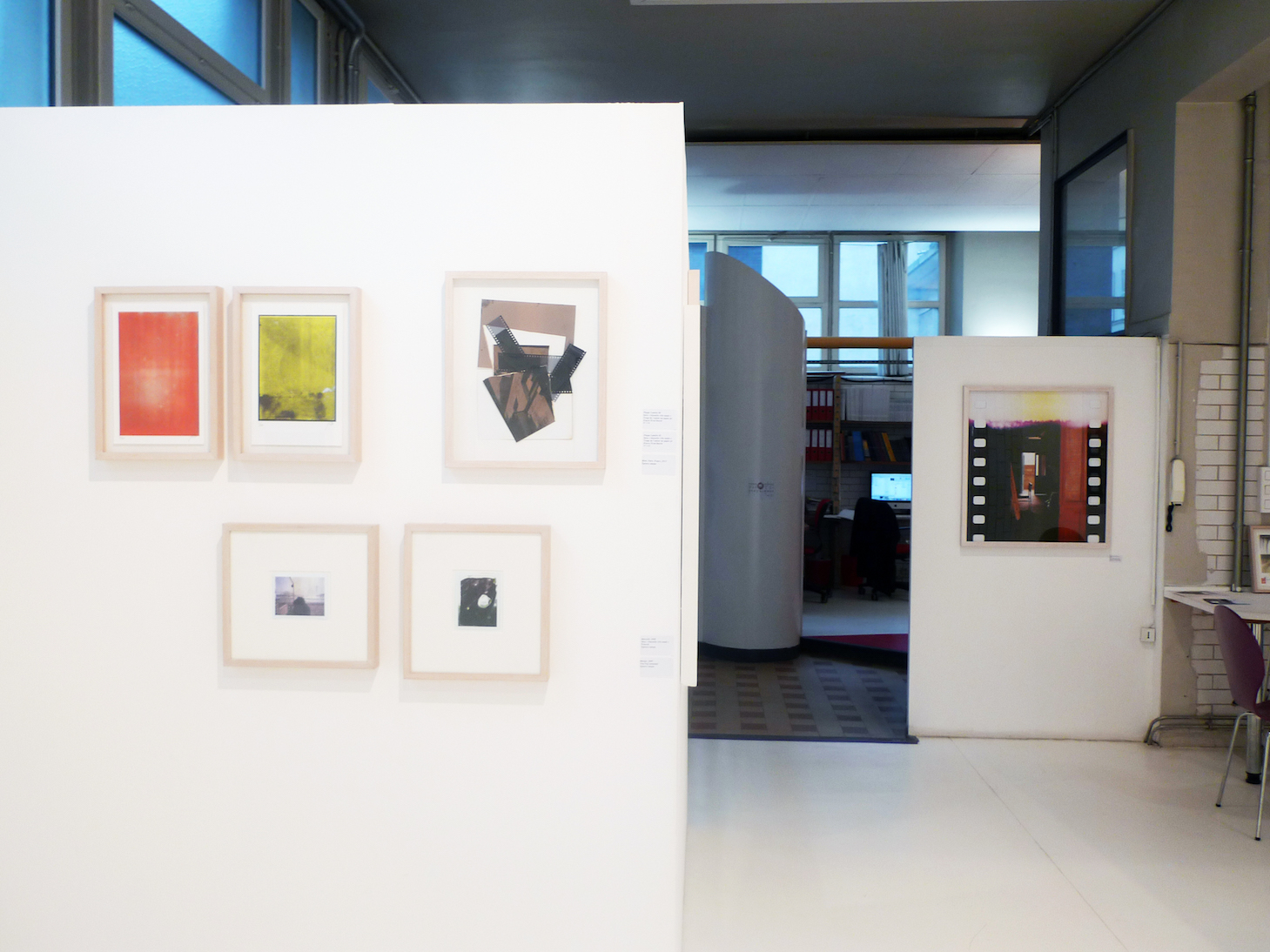
Presentation
We are thrilled to show for the second time the photography of Jean-Christophe Béchet.
In 2012 we presented his series “American Puzzle” and now in 2014 we’re showing “Accidents”, photographic prints originating from his different series. They’re unintended images, taken by chance or resulting from technical flukes that the photographer has selected to use: initial film tips, darkroom accidents, bungled photographs. These are all serendipitous moments when chance and the photographic medium itself, escaping from the photographer’s technical control and mastery, come into play.
Employing various photographic processes, Jean-Christophe Béchet remains deeply connected to the silver print. This series was shown in Arles in the summer of 2012 during the International “Rencontres” there.
Press
PRESS RELEASE
Accidents
Seeking unsuccessfully to represent the drool of a panting animal, the Greek painter, Protogenes wound up frustrated and threw a sponge at his work. This gesture enabled him by “chance” to realize the effect that he had been looking for.
This anecdote, related by Pliny, the Elder is quoted by Pierre Soulages to explain how “accidents” affect his painting.
Each artistic medium creates its own fortuitous accidents. They don’t correspond to the artist’s technical mastery nor to his “professionalism”, but they do permit a space for improvisation and creativity.
In photography, a so-called “mechanical” art form, the idea of an “accident” depends on the instrument used just as in music when the instrument imposes its unique sound and personality.
By its very nature an accident is an adverse, negative, unfortunate event, and so, in photography as well as in other arts, the accident must always be a mistake, a bungling of sorts, a failure. If it is deliberately sought out, then it becomes a stylistic effect or a mannerism.
In each of my books, I included prints of the real world that were “involuntary” and “unintentional”. Confronting them, and not unlike Protogenes confronted by the effect of his sponge, I can talk about an aesthetic miracle. I think that every creative artist likes this moment when his/her work is freed from his/her own controlled mastery and savoir-faire.
My photographic “accidents” show signs of silver based techniques in both black and white and color. The accidents that are important to me are those that possess a fictional density. Often they stretch time, creating a sensation of traveling. The image is no longer cut off from its focal range. The irruption of light, matter, scratches… anchor the images in a new documentary dimension. The accident reveals here the uniqueness of photography which can blend the real and fiction, narration and documentation, poetry and truth of the moment.
The “true” photographic accident happens through the powers of the unconscious or by chance. It takes shape as an objective, random fluke that one probably has hoped for a little…but this is never a conscious process. You don’t choose a photographic material because of its improbable unpredictability.
On the contrary you’re usually skeptical if the material at hand is proclaimed foolproof guaranteeing no error nor accident.
The discovery of a successful, photographic accident is deeply satisfying like a breath of contentment. Deciding to make it into a full-fledged work of art is like setting up a dialogue and complicity with the public.
It’s also a way of demonstrating how the absurd and random chance, in these moments of improvisation and even bungling, hold our work together. This attests to the liberty of style similar to the jazzmen who play free jazz brilliantly and stretch their instrument technically to the extreme limit.
Accidents come along then when there is total openness to these random chances which create happiness from the disorder. Accidents disturb order, electronics, safety, repetition, mastery. They are needed more than ever in photographing objective reality.
Jean-Christophe Béchet
